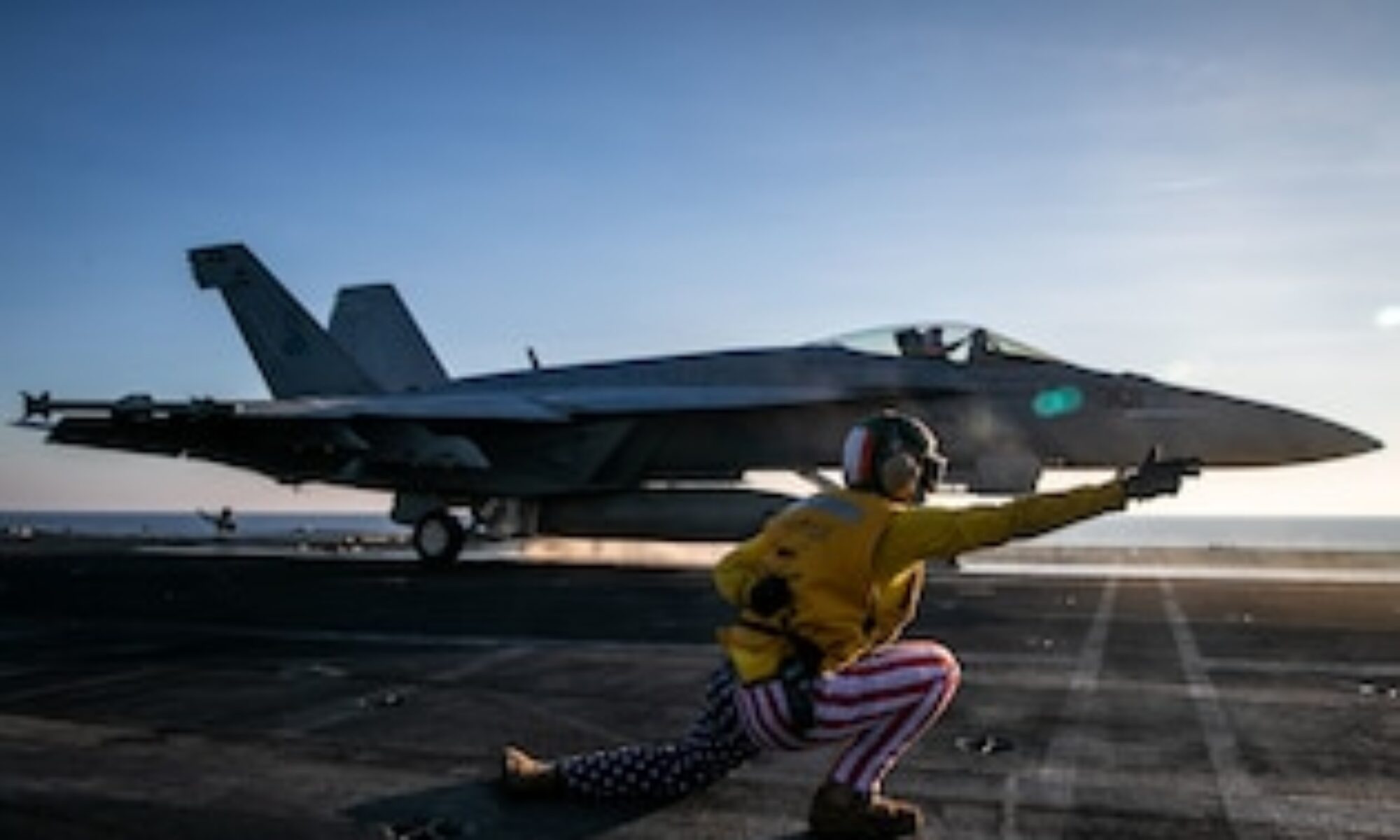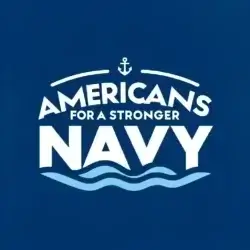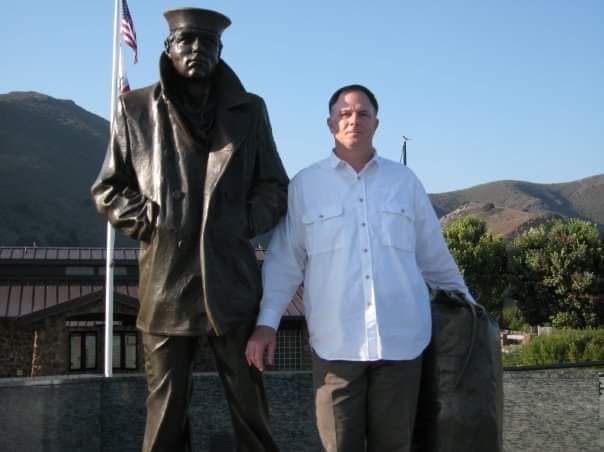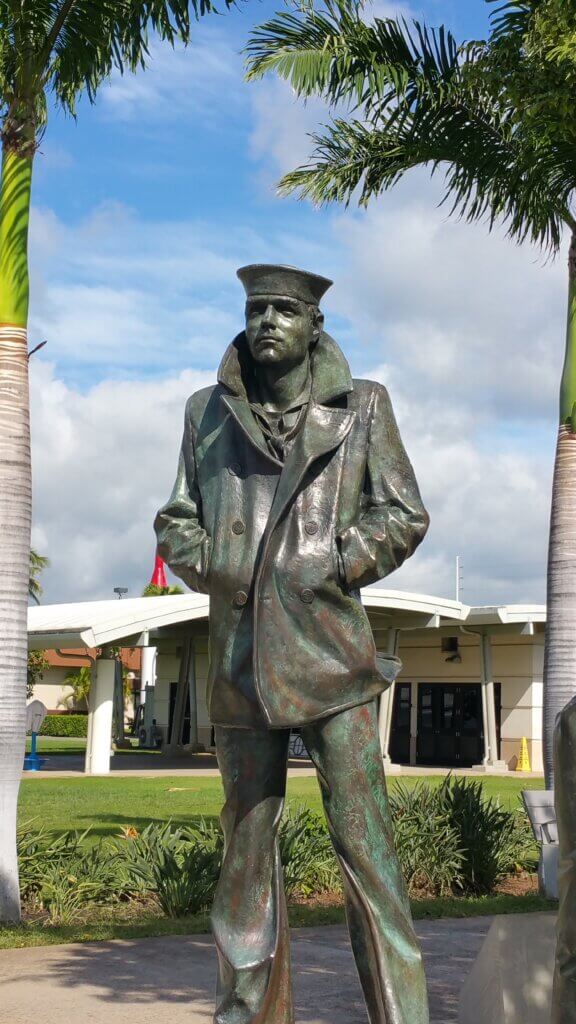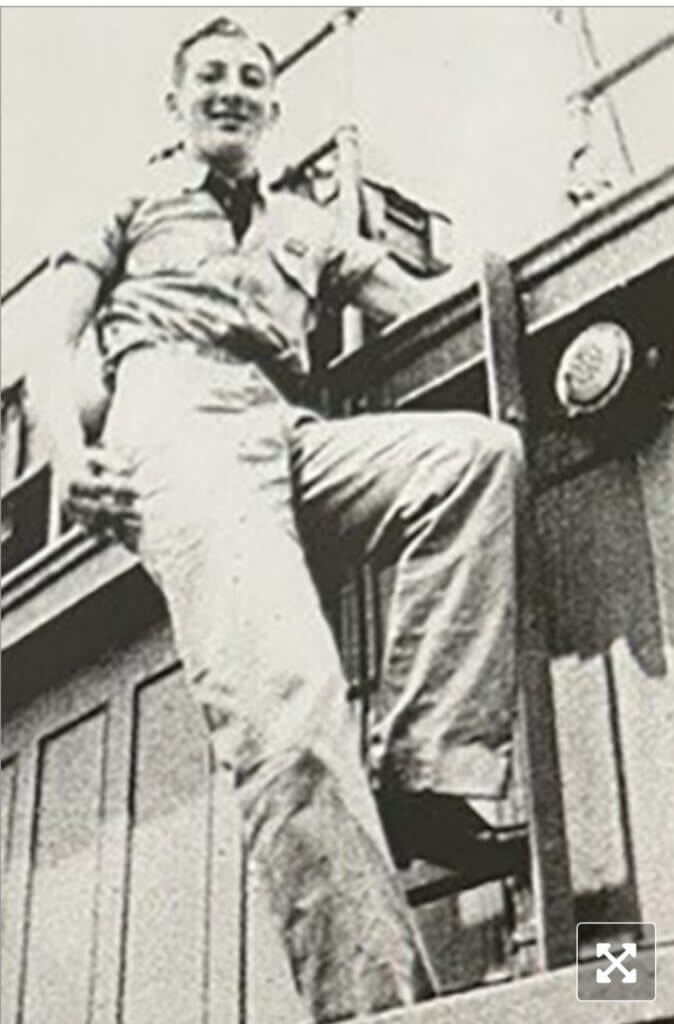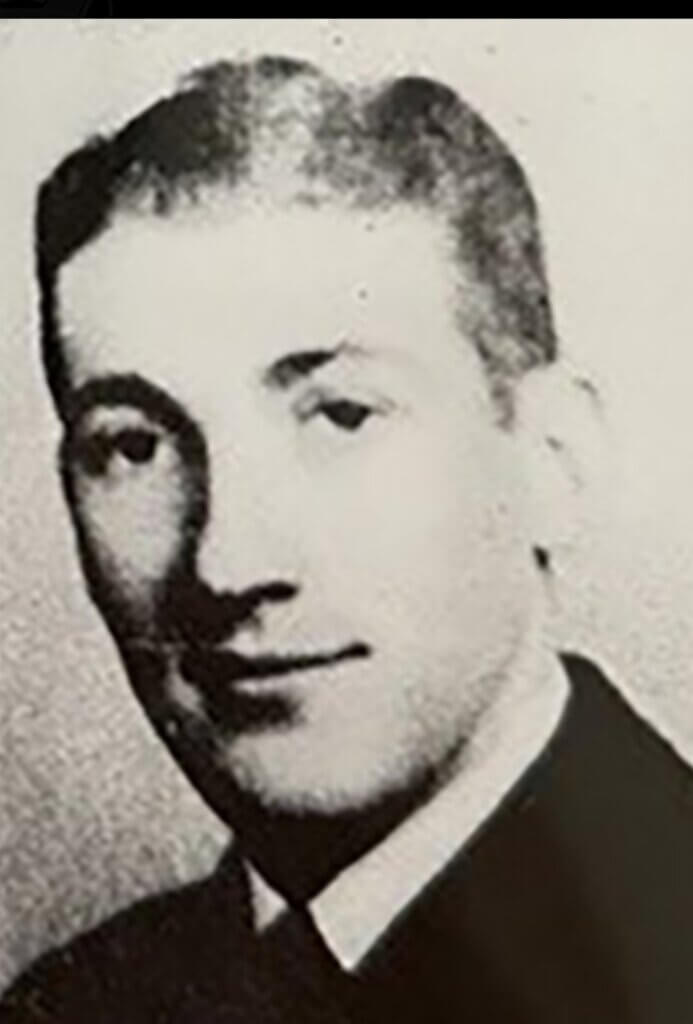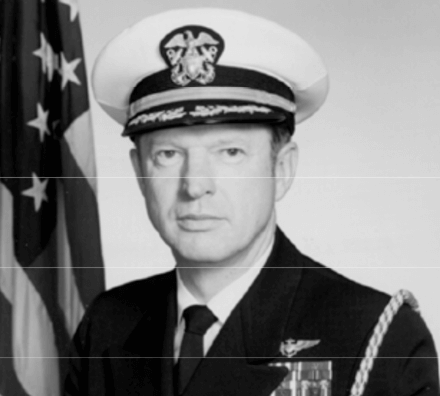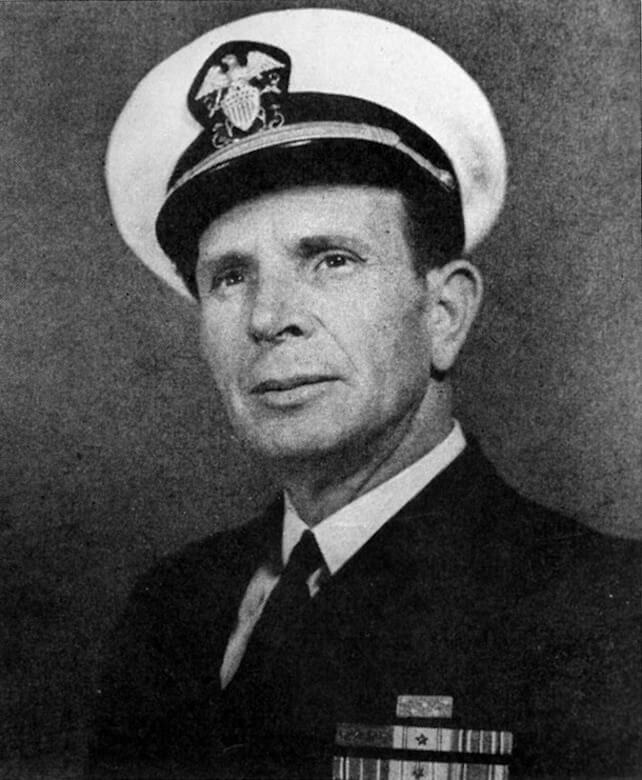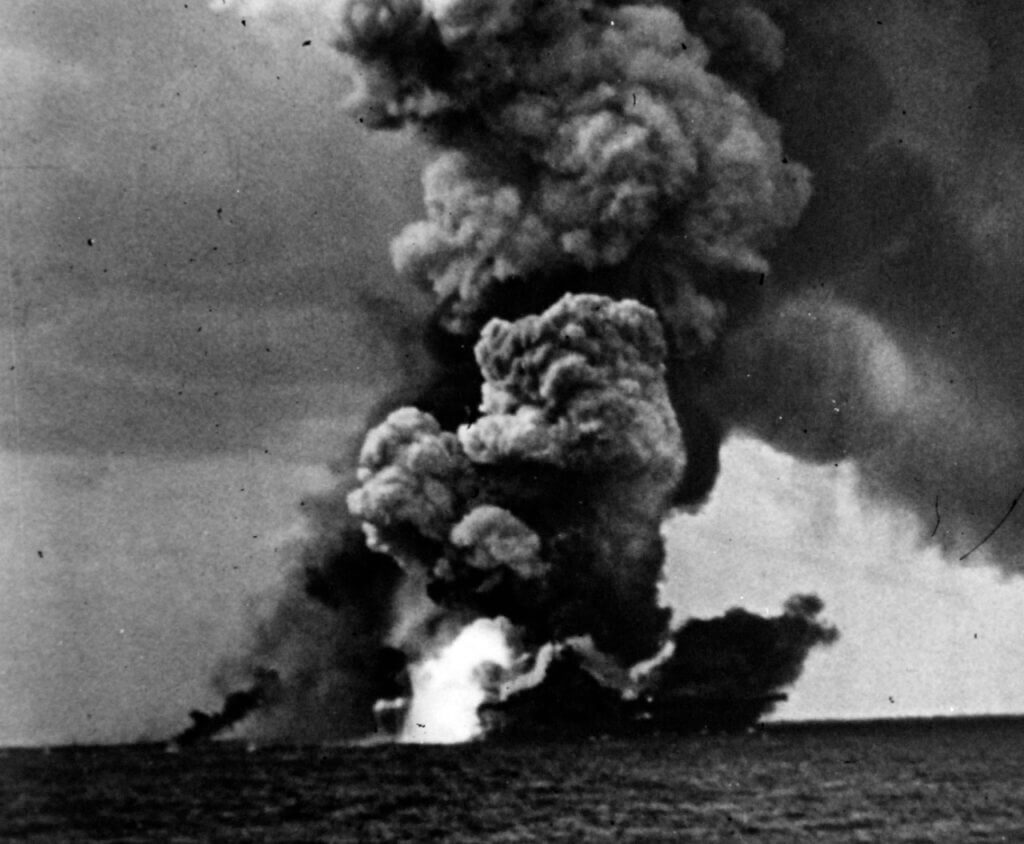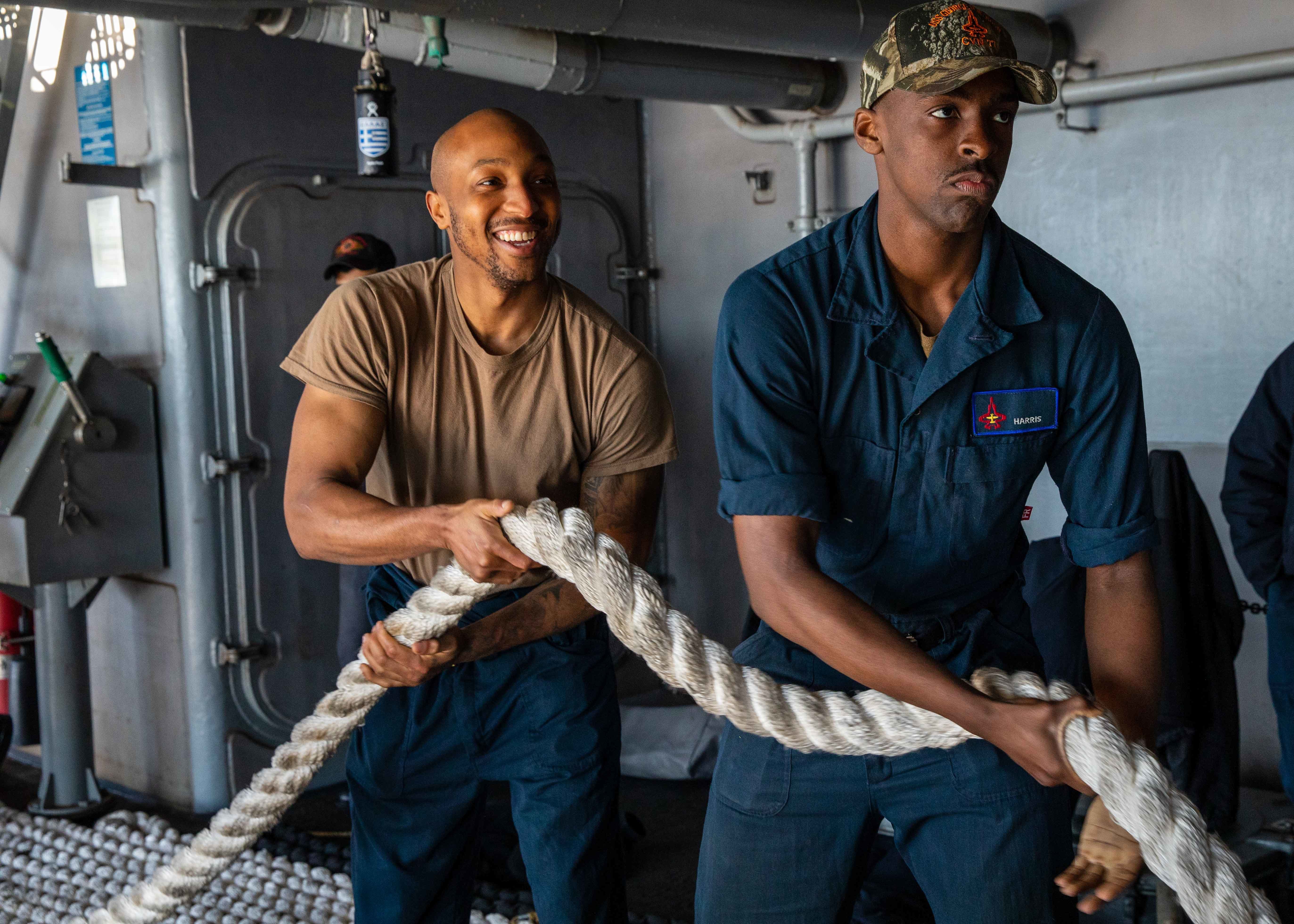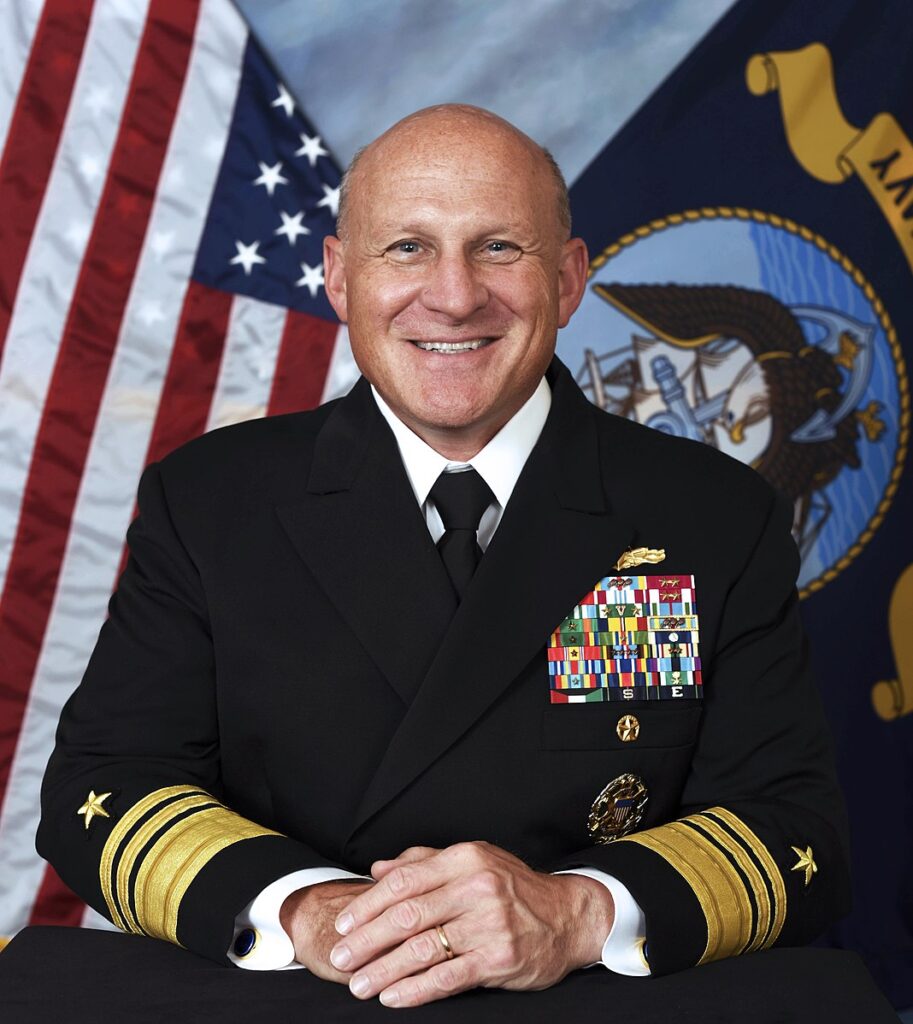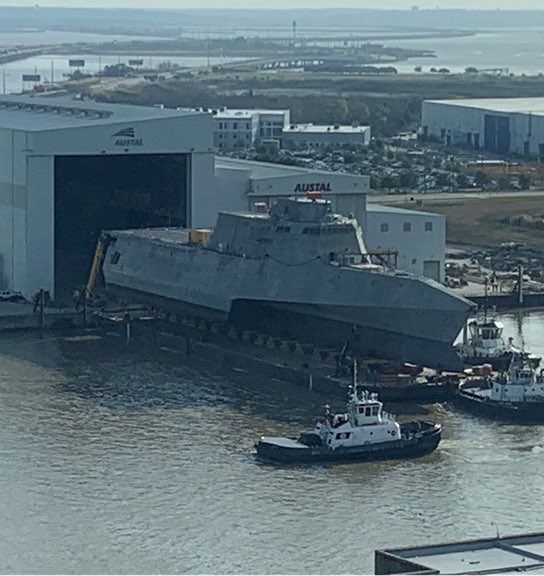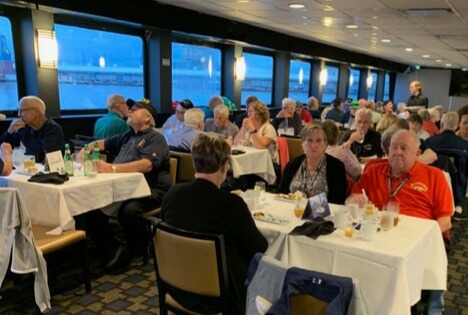
Baltimore’s harbor set the stage for a reunion of historic proportions. It was here, under the proud flutter of the Stars and Stripes, that the Tin Can Sailors, valiant veterans of the U.S. Navy Destroyers, came together for their 2023 National Reunion of the Tin Can Sailors Association.
Dale A. Jenkins, Senior Advisor of Americans for a Stronger Navy, Tin Can Association Life Member, acclaimed author of “Diplomats and Admirals,” was among the esteemed attendees. His presence was a symbol of the union of shipmates recounting tales from the high seas, sharing memories of days gone by.
But why “Tin Cans”? The U.S. Navy Destroyers earned the informal moniker “Tin Cans” due to their thin hulls, which made them vulnerable, yet also swift and maneuverable. U in naval warfare. The sailors who manned them exhibited unparalleled courage and resilience, characteristics that the name “Tin Can” came to embody. It became a badge of honor, a testament to their tenacity and the robust spirit of these vessels.
The highlight of the reunion was a dinner cruise that took the veterans on a serene journey past Baltimore’s iconic skyline. The USS Constellation, a relic of naval history, proudly watched over them, serving as a reminder of the legacy these sailors have left behind.
The reunion was more than just a gathering; it was a commemoration. A tribute to the brave souls who, aboard ships like the USS George K. MacKenzie (DD-836), USS DeHaven DD727, and the USS Wadleigh DD-689, showcased valor and camaraderie. Each vessel’s name was a chapter in the annals of maritime warfare, each sailor a hero of that story.
However, the heart of the event was not the ships, nor the historical recounting, but the bonds that were reaffirmed among these blue water sailors. Bonds that were forged on the swaying decks of their ships, in the heat of battle, and in moments of shared laughter and tears.
“Our time aboard these ships was not just about missions or deployments completed. It was about the brotherhood we formed, the challenges we overcame, and the memories we created. Each wave we sailed, each storm we weathered, added a page to the legacy of the U.S. Navy. We may have sailed on ‘Tin Cans’, but our spirit was, and always will be, unbreakable.” – Dale A. Jenkins said.
In the midst of a rapidly changing world, the reunion served as a timeless beacon, illuminating the values of dedication, honor, and camaraderie. It was a celebration of not just the ships, but the men who served upon them, leaving an indelible mark in the annals of U.S. naval history. These Tin Can Sailors, with their tales of courage and dedication, stood as testament to the enduring spirit of the naval fraternity.
As the event drew to a close, there was a collective understanding that while years may come and go, the legacy of the Tin Can Sailors would remain eternal, forever echoing the undying spirit of the U.S. Navy.
The ships they served on, names echoing with history and honor, were proudly listed:
- USS Alfred A. Cunningham DD-752
- USS Barney DDG-6
- USS Blandy DD-943
- USS Borie DD-704
- USS Brown DD-546
- USS Brownson DD-868
- USS Caron DD-970
- USS Compton DD-705
- USS Conolly DD-979
- USS Cowell DD-547
- USS Dale DLG-19
- USS David R. Ray DD-971
- USS DeHaven DD-727
- USS Dewey DLG-14
- USS Duncan DDR-874
- USS Dyess DD-880
- USS Edwards DD-619
- USS Estocin FFG-15
- USS Eversole DD-789
- USS Fletcher DD-992
- USS Floyd B. Parks DD-884
- USS Frank Knox DD-742
- USS Frontier AD-25
- USS George K. MacKenzie DD-836
- USS Glover AGDE-1
- USS Goodrich DDR-831
- USS Hank DD-702
- USS Harry E. Hubbard DD-748
- USS Hunt DD-674
- USS James E. Kyes DD-787
- USS Jarrett FFG-33
- USS John Hood DD-655
- USS John R. Craig DD-885
- USS John W. Weeks DD-701
- USS John W. Thomason DD-760
- USS John Young DD-973
- USS Laffey DD-724
- USS Lawrence DDG-4
- USS Lofberg DD-759
- USS McCaffery DD-860
- USS McCracken APA-198
- USS Mills DER-383
- USS Myles C. Fox DDR-829
- USS Newman K. Perry DD-883
- USS O’Brien DD-725
- USS O’Callahan DE/FF-1051
- USS Orleck DD-886
- USS Preble DLG-15
- USS Remey DD-688
- USS Richard E. Kraus DD-849
- USS Robert A. Owens DD-827
- USS Robert L. Wilson DD-847
- USS Robert H. McCard DD-822
- USS Rogers DDR-876
- USS Sarsfield DD-837
- USS Somers DDG-34
- USS Theodore E. Chandler DD-717
- USS Wadleigh DD-689
- USS Weeks DD-701
- USS William C. Lawe DD-763
- USS William V. Pratt DLG-13
- USS Willis A. Lee DL-4
- USS Wiltsie DD-716
- USS Yellowstone AD
Honarable mention: A special shout out to all of those that served in the Destroyer Navy particularly the USS Henry B. Wilson, (DDG7) the Americans for a Stronger Navy favorite DDG.
